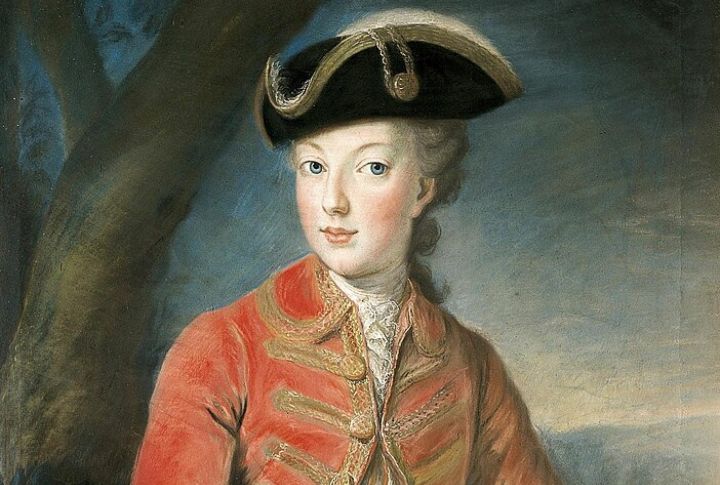
History loves a good story, but not always the truth—the figures we idolize or villainize often lead lives far more bizarre than the myths suggest. Think you know them? Think again. These ten icons defy everything you’ve heard—and the truth is stranger than fiction.
Marie Antoinette
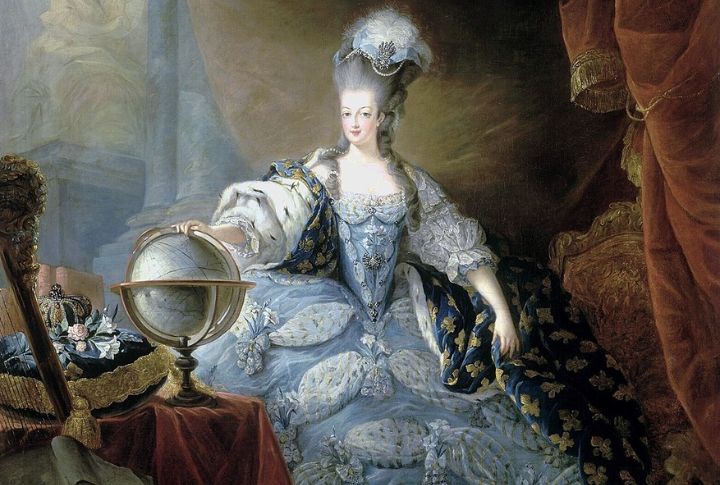
“Let them eat cake”? She never said it. Marie Antoinette wasn’t some clueless queen; she was a political scapegoat caught in a revolution she didn’t see coming. Sure, she had expensive taste, but France’s money problems started long before her fancy gowns. Blaming her? That was just an easy way out.
Cleopatra
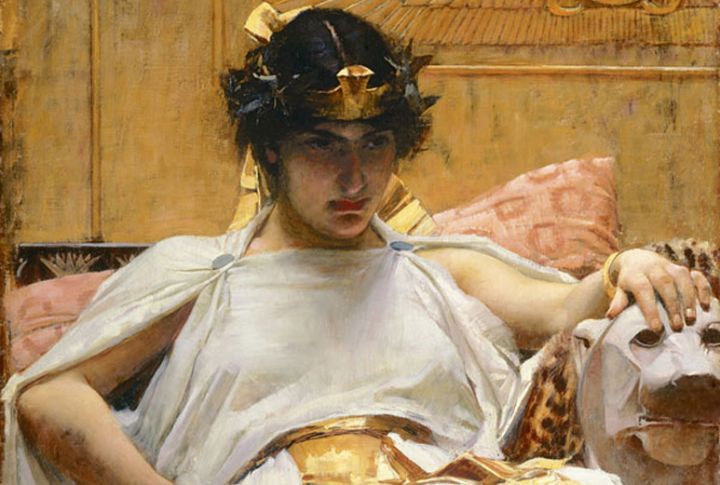
Hollywood lied. Cleopatra wasn’t a seductress draped in gold—she was a ruthless strategist, a multilingual ruler, and the last Pharaoh standing. Her entanglements with Julius Caesar and Mark Antony weren’t for love; they were power moves. Rome feared her because she played the game better than they did.
Nikola Tesla
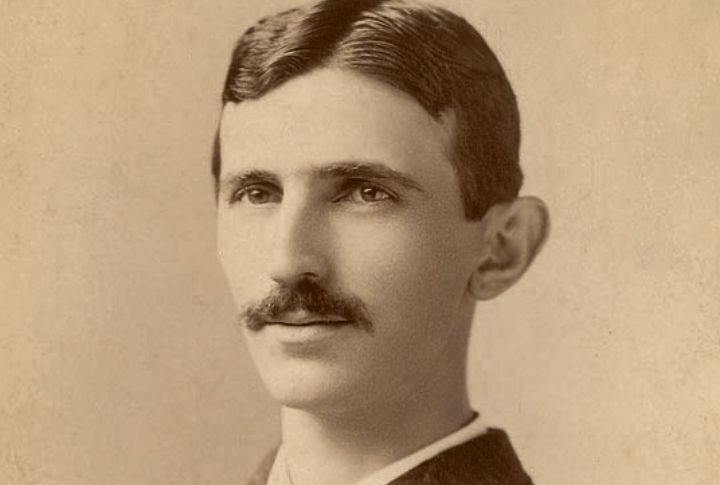
Was Tesla a crazy loner in a lab coat? Not even close. The man was a showman, a dreamer, and a pioneer of wireless power transmission. He wanted free electricity for all, sparred with Edison, and, yes, had a thing for pigeons. Genius? Absolutely. Weird? Oh, for sure.
Albert Einstein
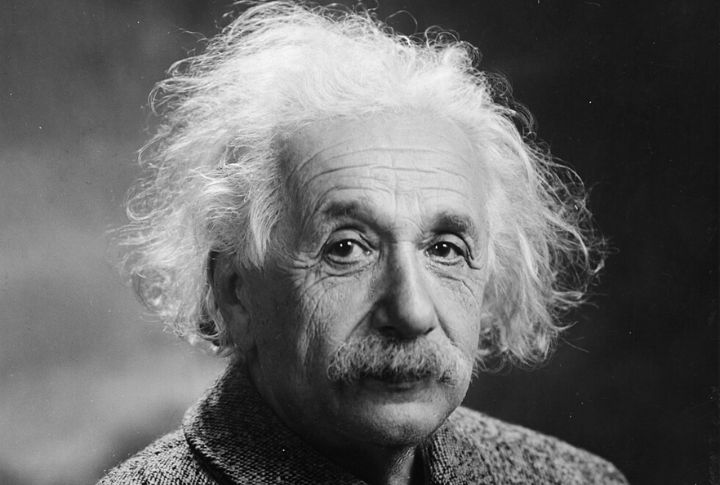
Is Einstein bad at school? Please. The guy mastered calculus before most kids figured out fractions. He hated rigid schooling, but that didn’t stop him from revolutionizing physics. He was a rebel, a political firebrand, and a bit of a flirt. E = mc², but Einstein was way more than just numbers.
Joan Of Arc
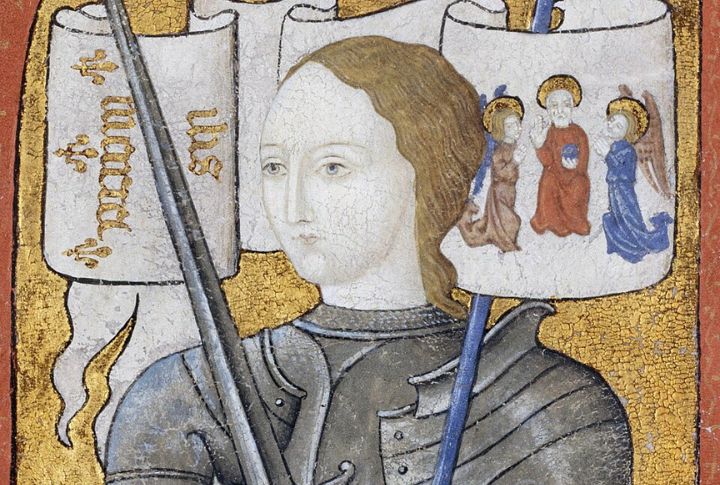
Claiming divine visions, Joan of Arc was the one to lead the French to victory during the Hundred Years’ War, all while wearing armor and defying every gender norm of her time. Branded a heretic and a witch, she was burned at the stake at just 19. Centuries later, the Church that condemned her declared her a saint.
King George III
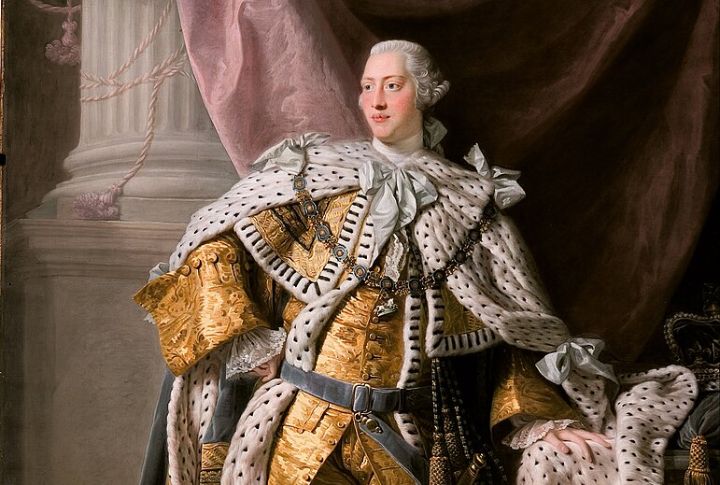
They called him crazy, but George III was more of a misunderstood workaholic with a possible genetic disorder. He modernized British agriculture, spoke multiple languages, and tried (and failed) to keep America in check. His “madness” was likely undiagnosed porphyria, not just lousy ruling skills.
Ulysses S. Grant

Before he was a war hero, Grant was a broke, failed businessman with a drinking problem. The Civil War changed everything—it turns out he was a tactical genius. He drank, sure, but Lincoln supposedly said, “Find out what he drinks and send it to my other generals.”
Anne Boleyn

Anne Boleyn has long been painted as the ultimate temptress—the woman who seduced a king and tore a kingdom apart. But behind the scandalous reputation lies a woman who played court life like a chessboard. She was shaping a much-needed religious revolution by influencing Henry VIII’s break from the Catholic Church.
Elizabeth Bathory
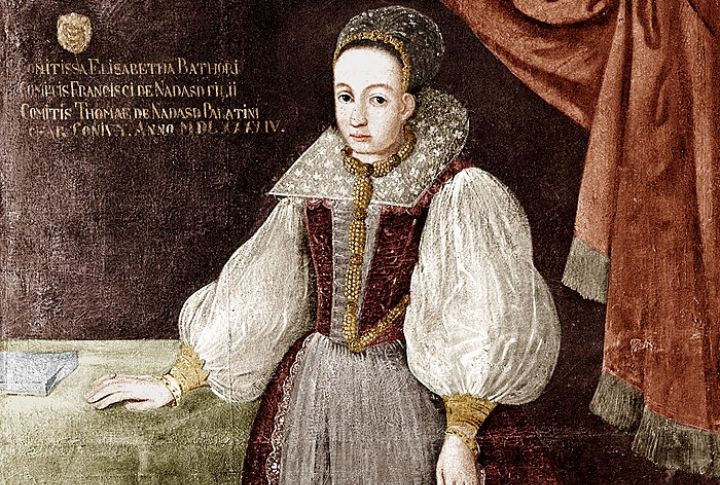
Elizabeth Bathory was rich, powerful, and—unfortunately for her—a woman in 17th-century Hungary. That made her an easy target. Her enemies painted her as a bloodthirsty monster to take her down. Was she ruthless? Maybe. A vampire bathing in virgin blood? That’s a tall tale, not history.
Niccolo Machiavelli

“Machiavellian” means devious, but the man himself wasn’t evil—just observant. “The Prince” wasn’t a rulebook for tyrants but a survival book for leaders in a cutthroat world. His real crime? Telling the truth about politics when people preferred comforting lies.

